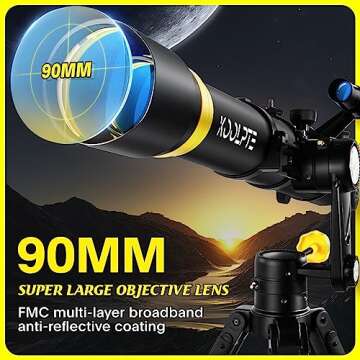The Spectacular Daytime Fireball of 1947
On the fateful day of February 12, 1947, people across eastern Siberia witnessed a breathtaking celestial phenomenon: a massive fireball streaking through the sky. This extraordinary event, characterized by a bright flash and loud sonic booms, captured the attention and imagination of locals and scientists alike. What was initially thought to be a possible aircraft or military test turned out to be a rare meteorological event that left behind meteorites scattered across a vast region.
Eyewitness Accounts of the Fireball
Residents in several towns, including Chita and Irkutsk, reported seeing a brilliant white light moving at incredible speed, illuminating the morning sky. The air was filled with the sound of deep rumbles and echoes as the fireball exploded, leaving a lasting impression on all who witnessed it. Many described a sense of awe and fear, thinking it might be a harbinger of some disaster.
The Aftermath of the Meteorite Fall
In the days that followed, search parties were mobilized to locate fragments of the fallen meteorites. Some of the meteorites were found in the sparsely populated landscapes, with scientists eager to study these extraterrestrial pieces. The meteorites recovered from the area were noted for their unique compositions, giving researchers insight into the early solar system and the formation of planetary bodies.
Scientific Significance of the 1947 Meteorites
The meteorite fall in eastern Siberia was not only a dramatic event but also held great scientific value. Analysis of the meteorites helped to enhance our understanding of meteor composition and the science of meteoritics, a field that studies meteorite impacts and their implications.
Impact on Meteor Science
Scientists used the 1947 fireball as evidence to refine models of meteoric trajectories and atmospheric entry. Research conducted subsequently validated the event's significance, leading to advancements in planetary science and the understanding of cosmic materials.
Continued Interest in Fireballs and Meteorites
Since the 1947 event, the study of fireballs and meteorites has grown exponentially. The incident sparked the interest of numerous amateur and professional astronomers, leading to increased reports of similar phenomena around the world and the establishment of various organizations dedicated to monitoring these celestial occurrences.
Fun Fact
The Meteorite Falls in Literature
The fireball event from 1947 has not only intrigued scientists but also inspired writers and filmmakers. Its dramatic imagery and the mystery surrounding meteorite falls have led to its depiction in various cultural works, fostering a lasting legacy.
Additional Resources
Recommended Reading on Meteorites
For those looking to delve deeper into the world of meteorites and their significance, consider exploring "The Meteorite Handbook" and "Rocks from Space: Meteorites and Meteorite Hunters". Both provide fascinating insights into the universe of these celestial phenomena, their history, and their scientific importance.














































































































































































































































































































































































































































































































































































 Continue with Google
Continue with Google